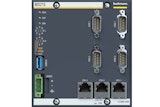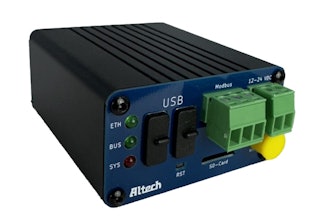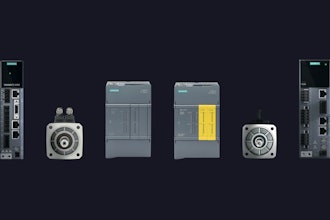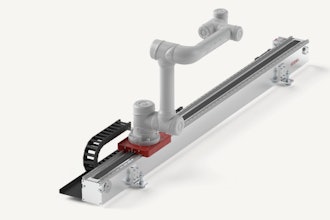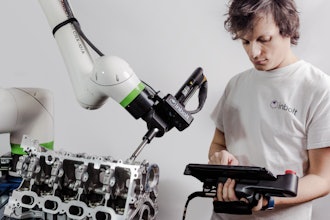The warehouse industry’s tight labor market is no secret. Currently, 50 percent of all warehouse job openings have five or fewer candidates, and more than half of applicants lack previous warehouse experience. With more job openings, workers today can be selective in their opportunities and are more likely to move from one position to another, creating a retention problem for the warehouse. While low retention is always an issue, a short-staffed and untrained warehouse is especially concerning during peak periods, when volume skyrockets. As warehouse mangers look to improve staffing issues and increase productivity, they need to clearly understand the shifting warehouse worker demographic and what these workers need to be successful.
The Millennial Workforce
In examining warehouse hiring and retention, a key component is attracting and engaging the millennial worker. Millennials are the largest generation in the U.S. labor force—as of 2017, there were 56 million working millennials—and they offer a significant opportunity for warehouses to build a robust, intelligent and productive workforce. However, this generation varies drastically from their predecessors and can be even harder to retain in a tight labor environment. One Gallup study found that 60 percent of millennials are open to switching jobs, and only half say they plan to be with their current job a year down the line. So how can warehouse managers improve retention and performance rates among their millennial workforce? Employee engagement is a big part of the equation.
Prioritizing Engagement
More so than previous generations, millennials are looking to find value and engagement in their work. The same Gallup poll that looked at millennial job hopping suggests that engaged millennials are more loyal, finding that those who are engaged are 64 percent less likely to consider a job change than those who are disengaged. That said, managers need to be cautioned that engagement includes many different elements. It goes beyond completing a task and looks at overall employee satisfaction in terms of cross-company communication, work environment and compensation.
But in a warehouse, where much of the work is isolated, how do managers improve employee engagement? They must reach the workers where they are.
Leveraging Mobile
The majority of millennials engage with mobile devices on a daily basis, and have been doing so for most of their lives. The mobile user interface is intuitive, familiar and part of their every-day experience, and warehouse managers are smart to leverage it. Through mobile devices, managers can deliver direct progress reports and frequent feedback that aligns with clearly established goals and metrics. As part of the growth of mobile communications in the warehouse, we’re seeing the rise of gamification programs to better engage, motivate and incentivize success. These applications regularly show how each employee contributes to overall company progress as well as how they rank against their peers, which instills a sense of friendly competition.
Connecting with millennials via a medium they’re comfortable and familiar with is an important first step in promoting engagement and driving their success. Whereas previously the ideas of “workplace performance” or “workplace assessments” carried a negative connotation, approaching engagement and performance from a more user-friendly perspective is more likely to motivate than deter. The ability to share digestible performance feedback regularly also helps reduce the fear factor associated with workplace feedback and lets employees view it more as a measure of their steady progress, received in a way that makes sense for them and fits naturally into their everyday communications.
Rethinking Incentives
Once managers are better able to evaluate and communicate progress, then there needs to be a system for rewarding superb efforts. In the past few years, and most recently seen with Amazon, big box retailers have made headlines by increasing their employees’ hourly wages. At first look, this appears to be a major retention obstacle for smaller organizations unable to make such a substantial investment, but it doesn’t have to be. Similar to how millennials are different from previous generations in terms of engagement, they’re also different in the value they put on rewards. Millennials value soft perks and incentives such as paid time off, gift cards, parking space upgrades and flexible working hours in leu of monetary rewards. This is also a group that really values peer recognition, which is why having performance updates and success acknowledgement is so critical. A combination of such soft perks built into a tiered rewards program could help supplement wage stagnation and increase engagement.
Building Employee Loyalty
With the rapid changes we’ve seen in warehouses coupled with the pressure of the labor shortage, managers can no longer rely on legacy employee management systems. As millennials become a larger share of the warehouse workforce, adjustments of management techniques to better address their habits and meet their needs will be required. Investing in growing employee engagement and satisfaction is the optimal long-term solution. As discussed, this can be done through various processes and doesn’t need to be a financial burden. Delivering regular feedback is important, as is communicating via channels that fit millennials’ lifestyles and offering incentives that resonate with them. These small changes will not only benefit the employees, but the warehouse as a whole.
Peter Schnorbach is Senior Director of Product Management for Manhattan Associates.
